12 Types Of Mozzarella To Know, Love And Melt
Here's what you already know: You love mozzarella. But do you love all kinds of mozzarella? Can you tell ovoline from bocconcini? Bufala from burrata? You won't know until you break them down, from the curd where it all began to the finished product: your famous lasagna, homemade pizza, antipasti spread, caprese salad or meatball parm sandwich. Here are 12 types of mozzarella that will stretch your expectations, melt your heart and even peel off in a perfect string. Face it: You've always wondered how that works.
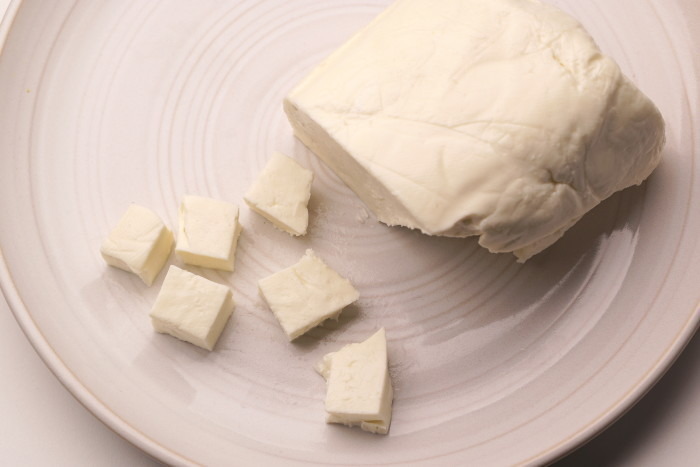
Curd, the building block of fresh mozzarella, is unlikely to be found in your local supermarket or even gourmet shop, no matter how expansive their cheese counter. Source curd from a well-stocked Italian market, through food-service purveyors (Polly-O makes a respectable curd) or make it at home. Mozzarella is developed from the cultured and fermented solids that result from the first step in the cheesemaking process: the separation of the curd (clumps of solidified milk protein also known as farmer's cheese) from warm liquid whey using an acidifier such as rennet, citric acid or yogurt. You may recognize this "curds and whey" stage from Little Miss Muffet's famous nursery rhyme, and had she a pot of boiling water, some rubber gloves and a little salt instead of arachnophobia, she would have had all the tools necessary to craft fresh mozzarella (making for a much more exciting overall tale).
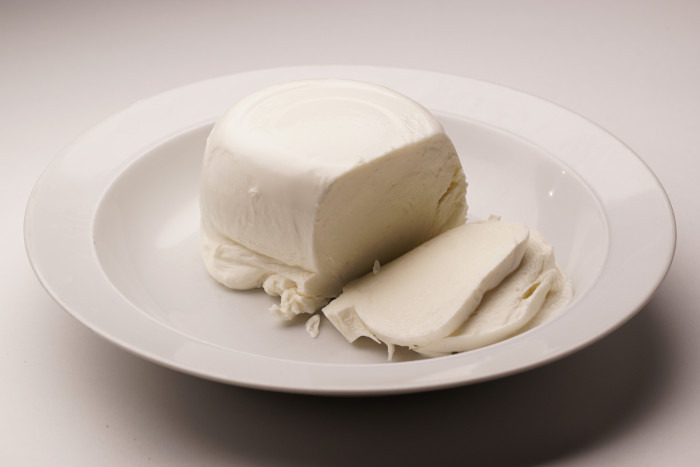
Once you have curd, the process of making tender, stretchy mozzarella is relatively simple: Heat the loose and crumbly curd, gather up in rubber-gloved hands, add salt and alternate stretching and folding the curd back into itself (known at this point as "pasta filata") until it becomes firm, stretchy and glossy and forms a ball, or, as they do in Italy, several sizes of ball, depending on how you'll be consuming it.
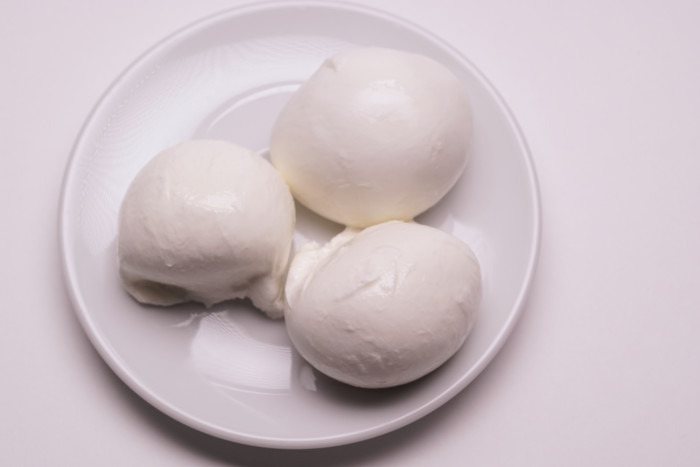
One size down from your standard ball of fresh mozzarella is ovoline, or "egg-shaped" portions about four ounces each. Use one as the centerpiece of a salad, slice thinly for sliders or take a note from its name, sculpt hot Italian sausage around it and bread and deep-fry for a molten cheese Scotch egg.
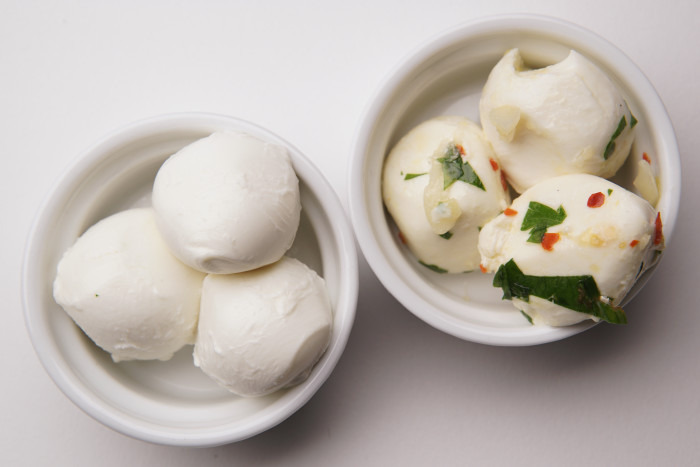
These "bite-sized" mozzarella balls are one to two ounces each and perfect for tossing into pesto pasta salad or skewering with cherry tomatoes and basil for a simple, traditional antipasti. This size is easy to find in supermarkets — look in the refrigerated cheese section or antipasti/olive bar. You can buy them plain or marinated in olive oil, vinegar, minced garlic, chili flakes and fresh herbs.
Perline 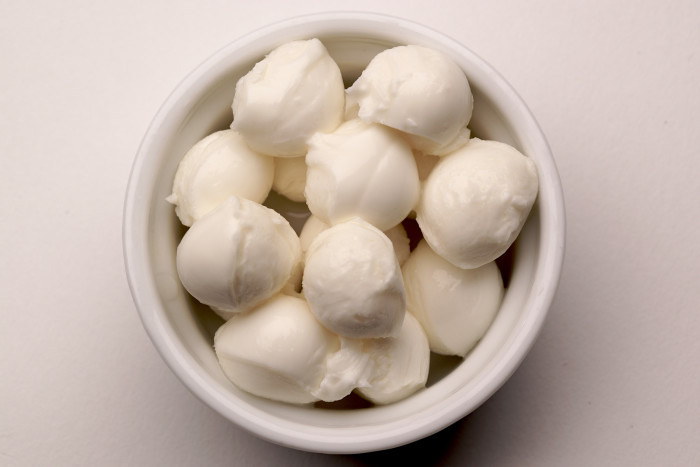
Named for their "pearl" size, these are the smallest mozzarella balls. Weighing just a couple of grams each, these tiny morsels are ideal for tossing into hot pasta or soup just before serving (a great minestrone enhancer). Try stuffing them into pickled cherry peppers or scattering them on top of baked macaroni and cheese before broiling. One can imagine they'd also make a lovely necklace.
Mozzarella di bufala 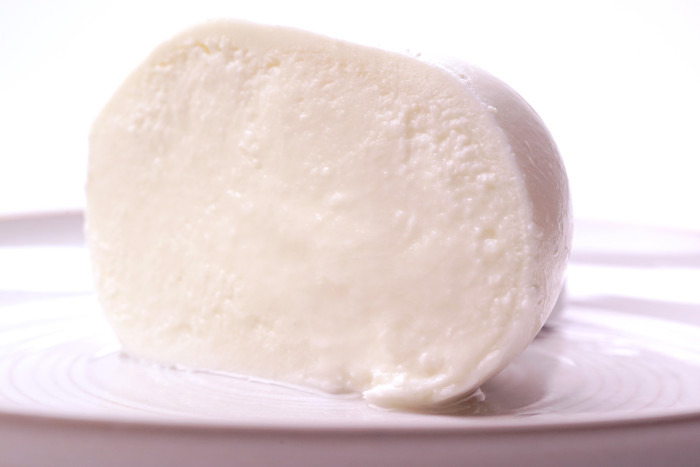
Made with rich Italian buffalo milk from Campania instead of domestic cow's milk, mozzarella di bufala has twice the fat content as its conventional counterpart and packs in twice the flavor. About twice as expensive as regular mozzarella, bufala's sweeter, milkier nuances and fluffy, buttery texture are widely prized and famously used alongside important Italian San Marzano tomatoes and fresh basil for authentic pizza Napoletana and heirloom caprese salads, and serve as a natural pairing for ripe fruit. Mozzarella made in this style but from the freshest, highest-quality cow's milk is known as fior di latte. Both should be consumed as soon as possible after making.
Burrata 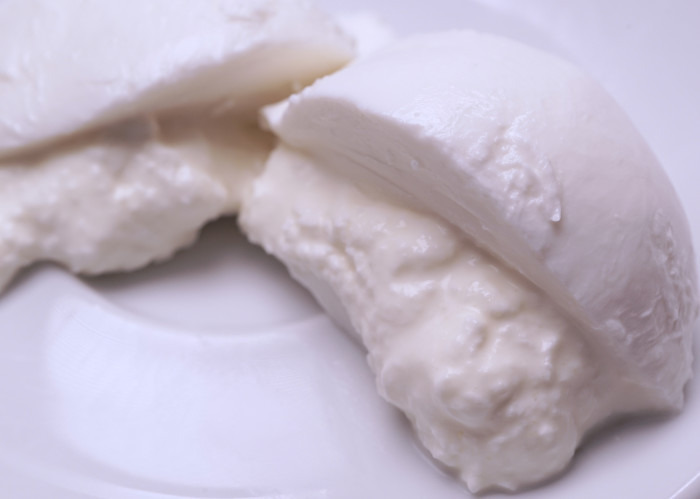
This succulent treat is essentially a mozzarella shell encasing "cream of mozzarella," or a mixture of the soft scraps from mozzarella-making process soaked in cream and boasting a butterfat percentage that will at once thrill and intimidate you. With a name like burrata — literally translated as "buttered" — you'll need at least one partner to finish a standard eight- to ten-ounce portion. Break the outer shell and watch the creamy center creep out, then scoop up with a piece of crusty Italian bread and drizzle with olive oil (just forget the fat content at this point) or let the goodness cascade over ripe tomatoes, roasted beets, stone fruit or grilled squash. Serving sweet potatoes during the holidays? Turn your back on marshmallows forever and usher in a glorious era of burrata. Once broken open, burrata doesn't stay fresh, so make sure you finish it all. Good news: You won't have any trouble there.
Stracciatella 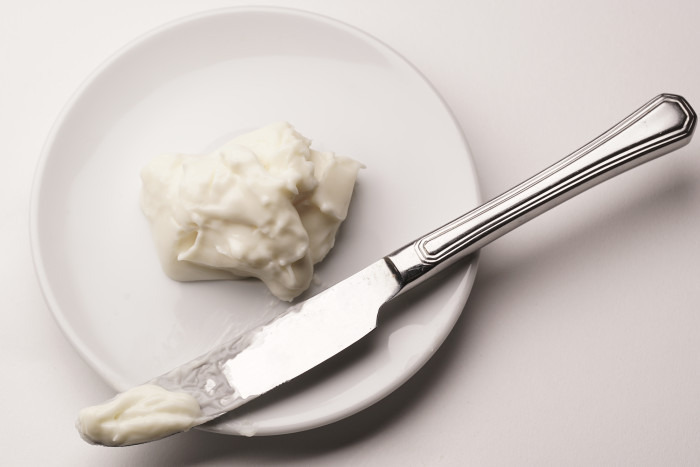
Remember those scraps or "rags" from the mozzarella-making process soaked in cream that make up burrata filling? This stretchy, creamy and utterly delicious substance is known as stracciatella, and it's made by heating curd not quite to the point of coming together into a ball. The resulting "shreds" of half-formed mozzarella are dropped into heavy cream, which, once stirred, forms a ricotta-like mixture that's delicious spread on bread or swirled into traditional Italian egg drop soup. Stracciatella is also a popular flavor of gelato, though the texture in question is created by frozen chocolate drizzles instead of stretchy mozzarella shreds.
String 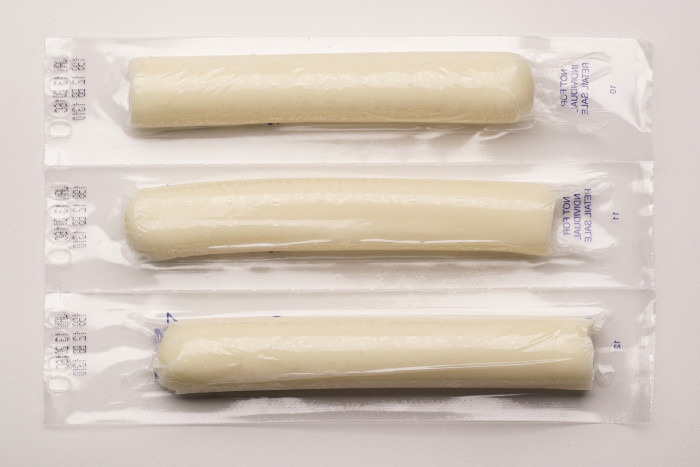
Why doesn't all mozzarella cheese peel off into perfect, even filaments when pulled? String cheese is a member of the part-skim mozzarella family whose lower fat content allows for more even, less oily melting and whose protein structure is manipulated for a uniform texture. Curd that has been heated to no more than 130 degrees maintains milk solid proteins that don't line up perfectly, which contributes to the erratic nature of its stringiness. You'll still be able to pull a piece off in the same way, but you won't be able to predict which way it will peel. By heating curd to 140 degrees and omitting some of the fat that makes it soft enough to break by not using whole milk, you move the proteins into a line along which they'll split and cleave naturally.
Shredded 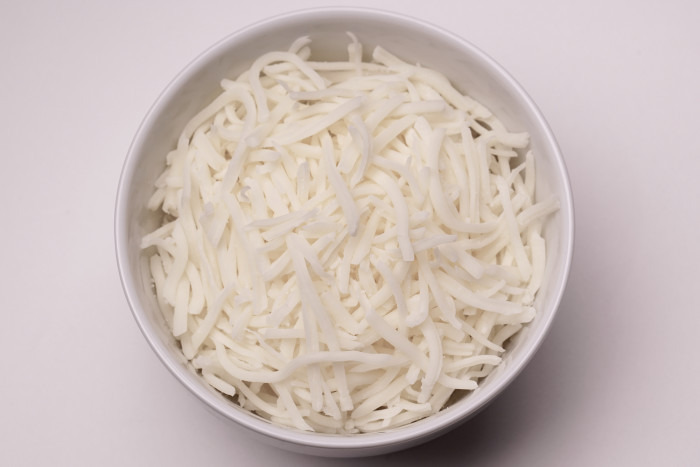
While shredding cheese may seem like an easy task, once your fresh ball of whole-milk mozzarella warms from refrigerator to room temperature, it will turn to mush before it heads dutifully through your grater. Preshredded mozzarella is also typically a member of the part-skim family that benefits from the uniformity of a lower fat content, holding its shape better and grating more evenly. The shreds are given a dusting of potato starch, cellulose or cornstarch before packaging to absorb any extra moisture and prevent sticking or clumping, and as far as uniform meltability goes, shredded mozzarella is king.
Scamorza 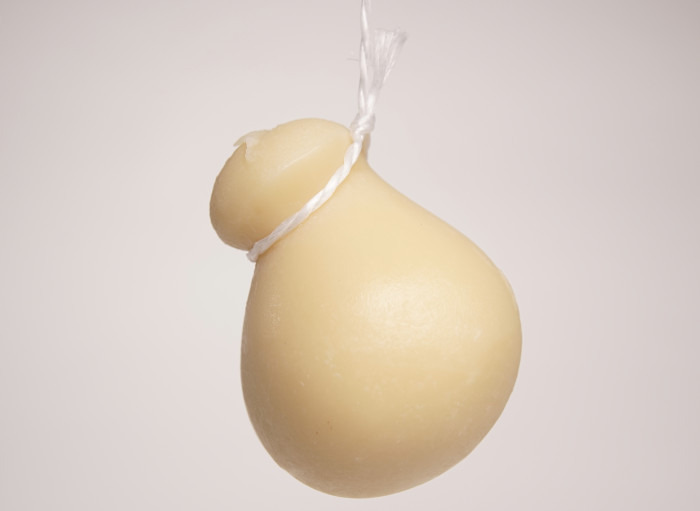
This variation on mozzarella is constructed the same way, by heating, stretching and forming curd until taut and shiny. The difference with scamorza, frequently referenced by Italians as the only other "appropriate" cheese for authentic pizza, is that instead of the curds being removed from the whey for stretching directly after separating, they remain in the whey for two to five hours. There, the curd cures slightly, resulting in a more pronounced fermented cheese flavor. It's then stretched, kneaded and formed into a ball, which is tied around the middle (or "strangled") and hung to dry before being sliced and eaten.
Smoked 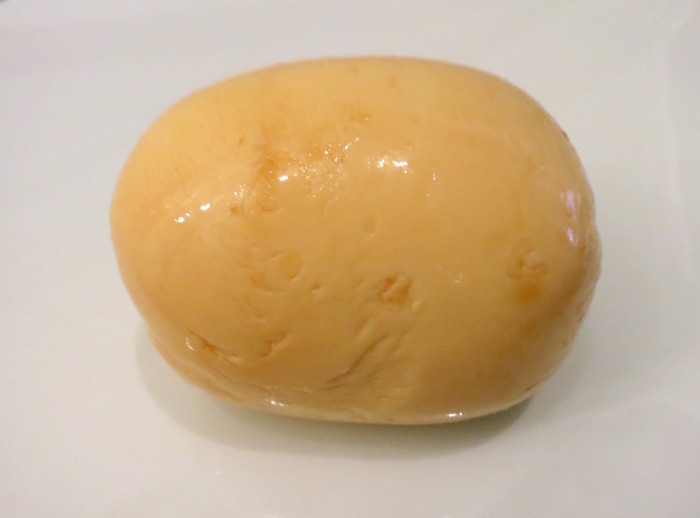
Any size, shape and composition of mozzarella can be smoked, which adds an earthy layer of flavor that complements many of the cheese's most popular applications. Hickory and cherrywood are typically employed, and the key is keeping the temperature inside the smoking vessel low enough that the cheese doesn't melt. Chilling the cheese thoroughly and using wood that has burned down enough so that it's producing very little heat is essential. Lay chilled mozzarella balls out on cheesecloth spread across the grates of your smoker to keep them from falling through, create a vent for as much heat to escape as possible (don't worry, plenty of smoke will stay in) and allow the cheese to sit until it develops a golden brown hue. Return the cheese to the refrigerator and, when cool enough, the morsels will peel easily off of the cheesecloth. Use in baked pasta dishes like lasagna and ziti, or sliced on an eggplant parm hero to bring out the vegetable's earthy flavors.

